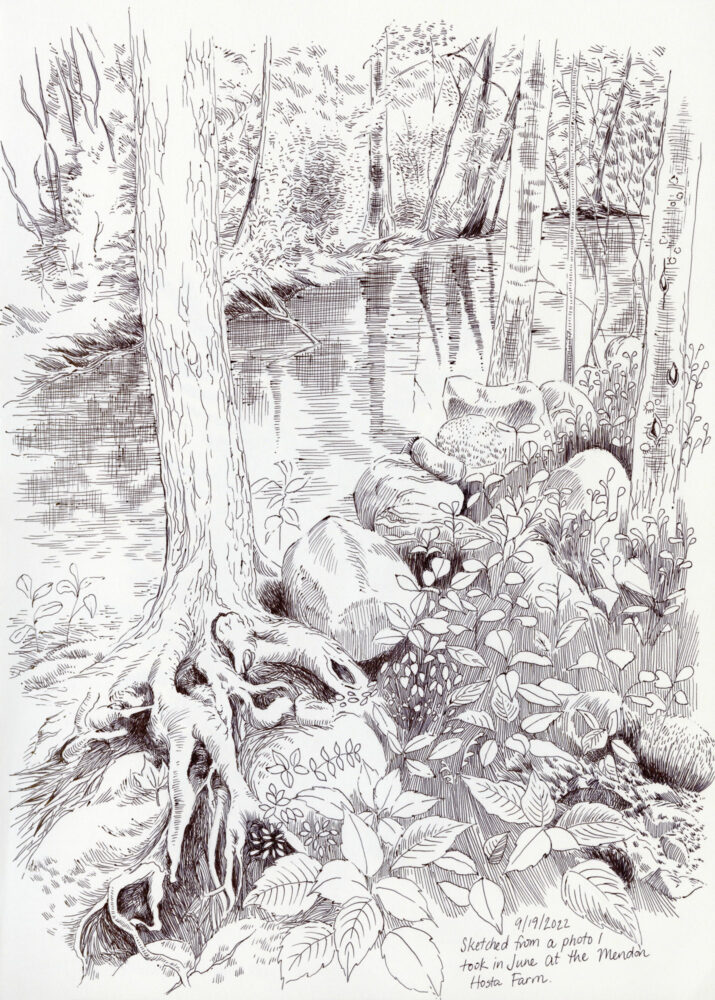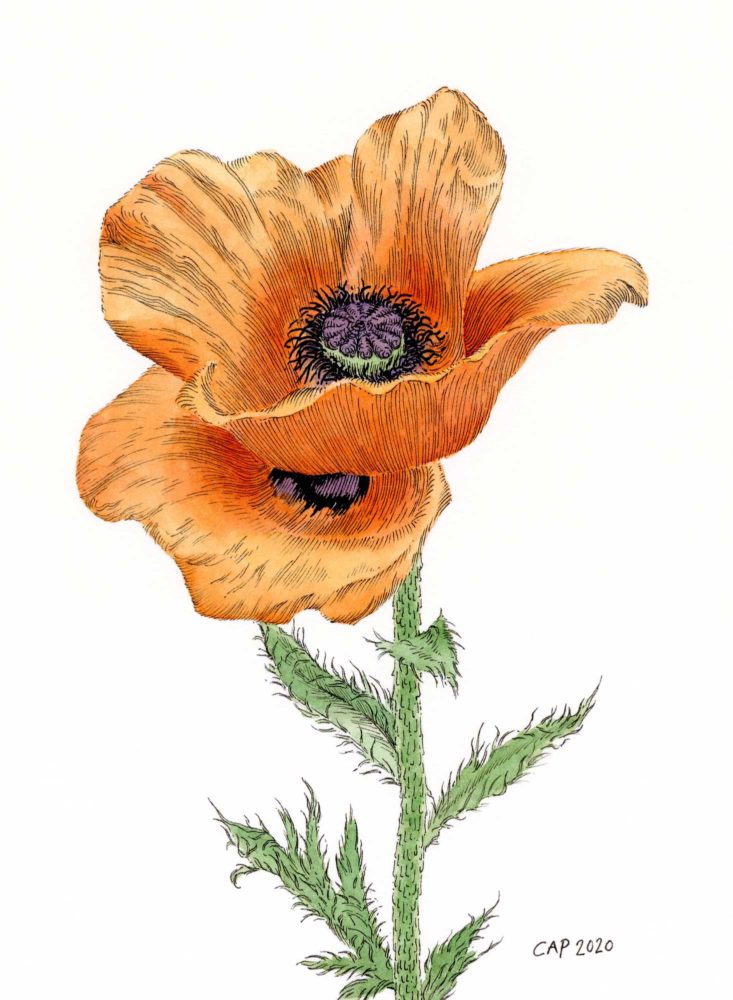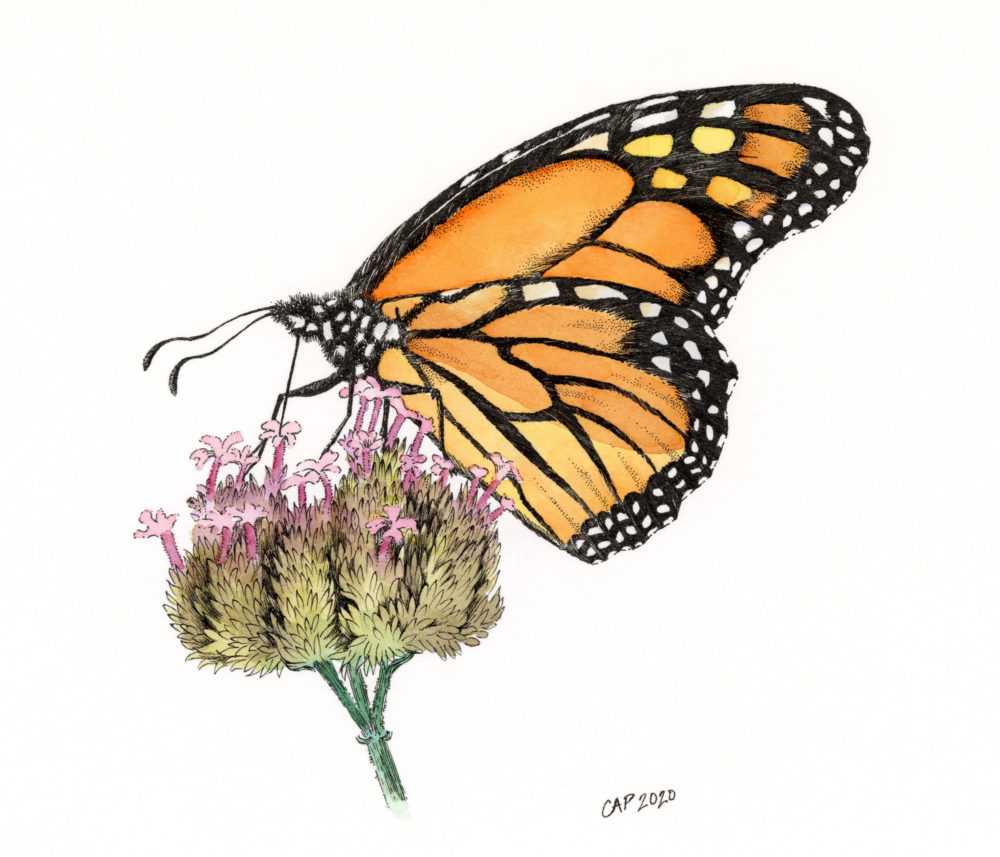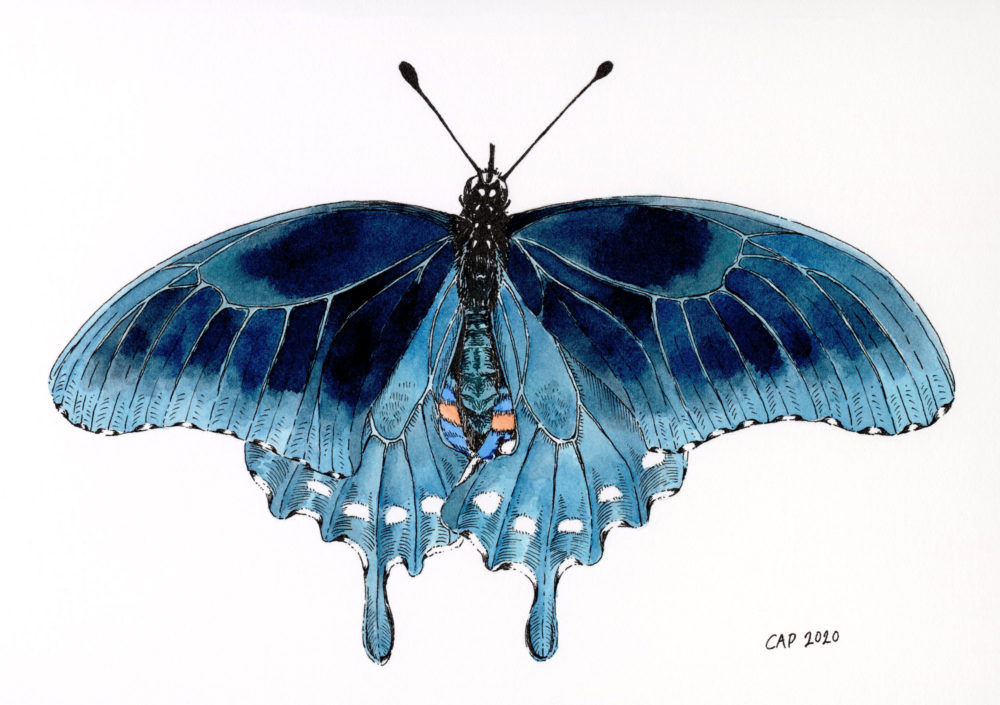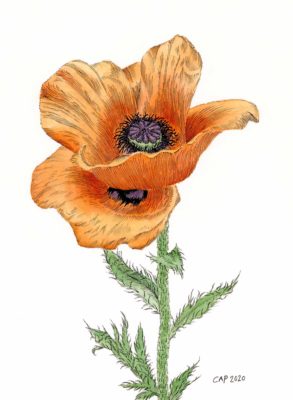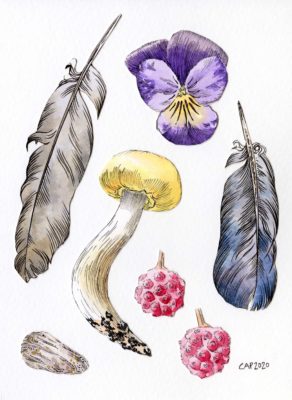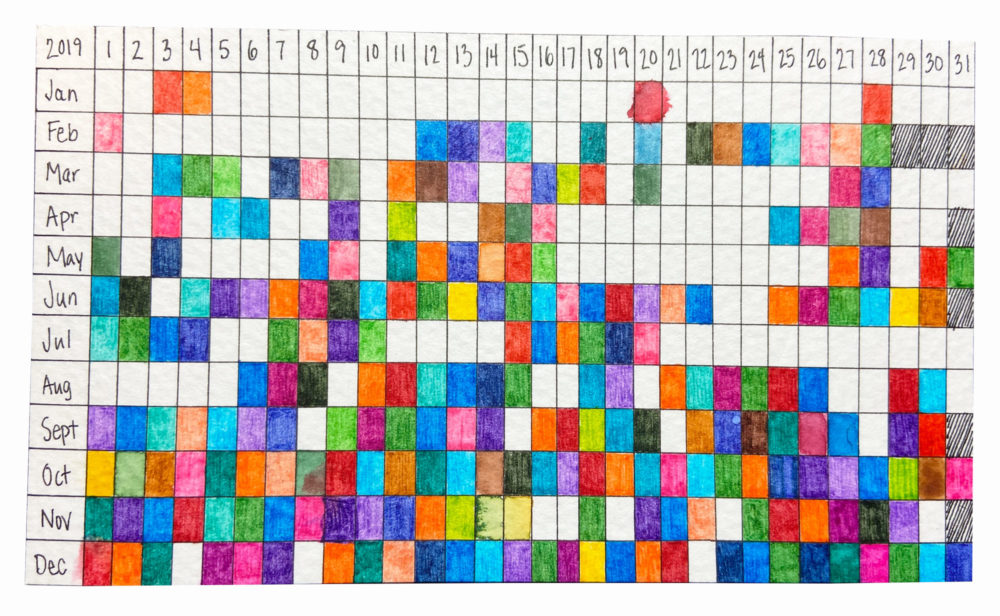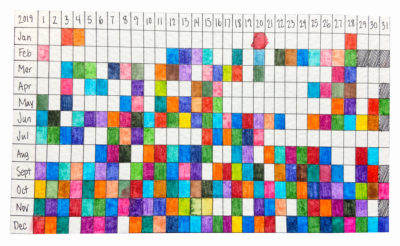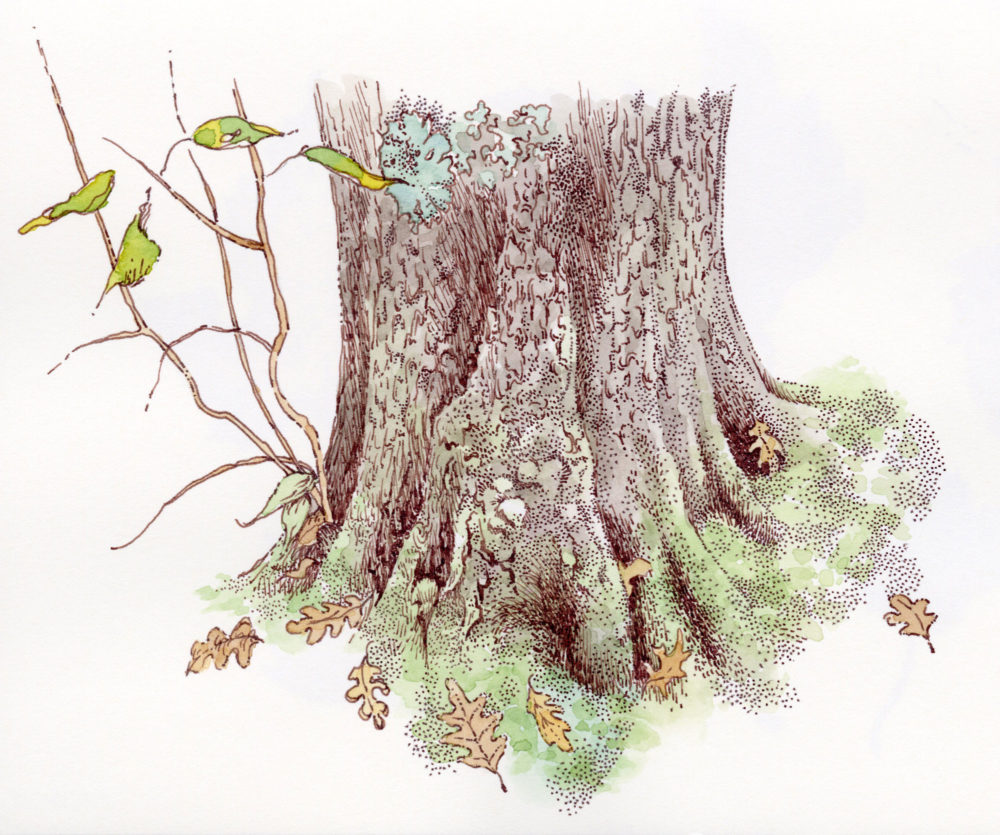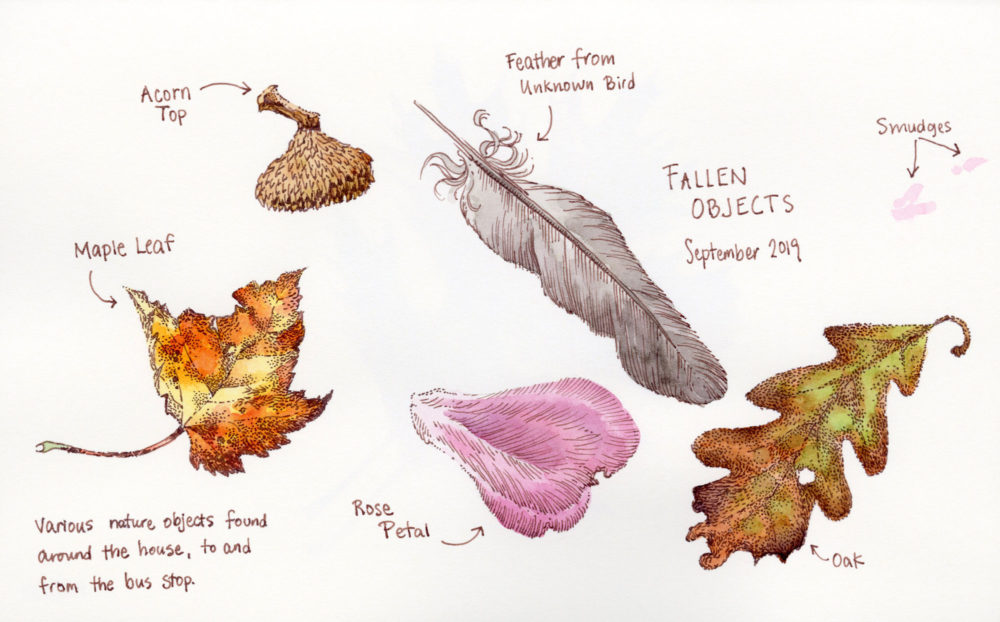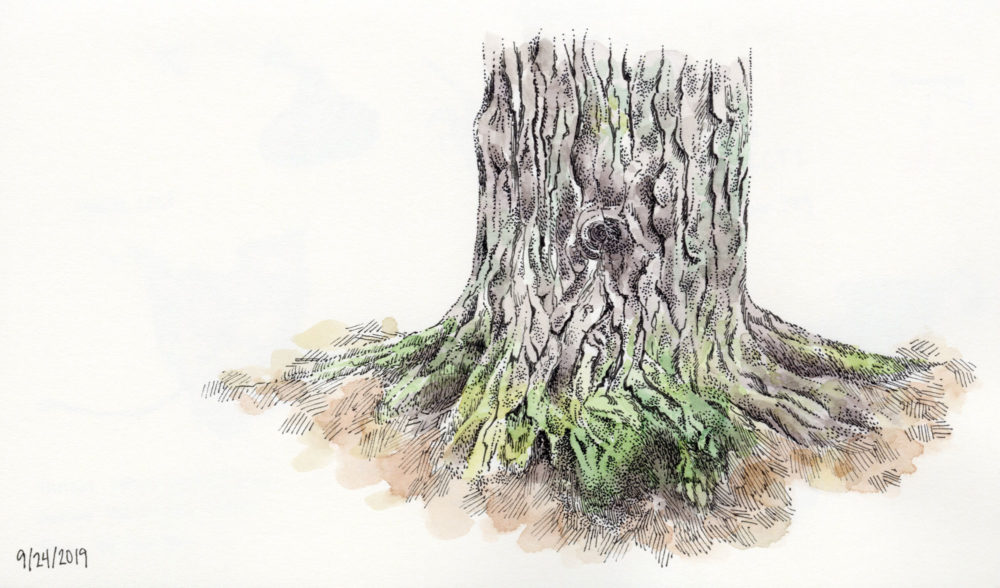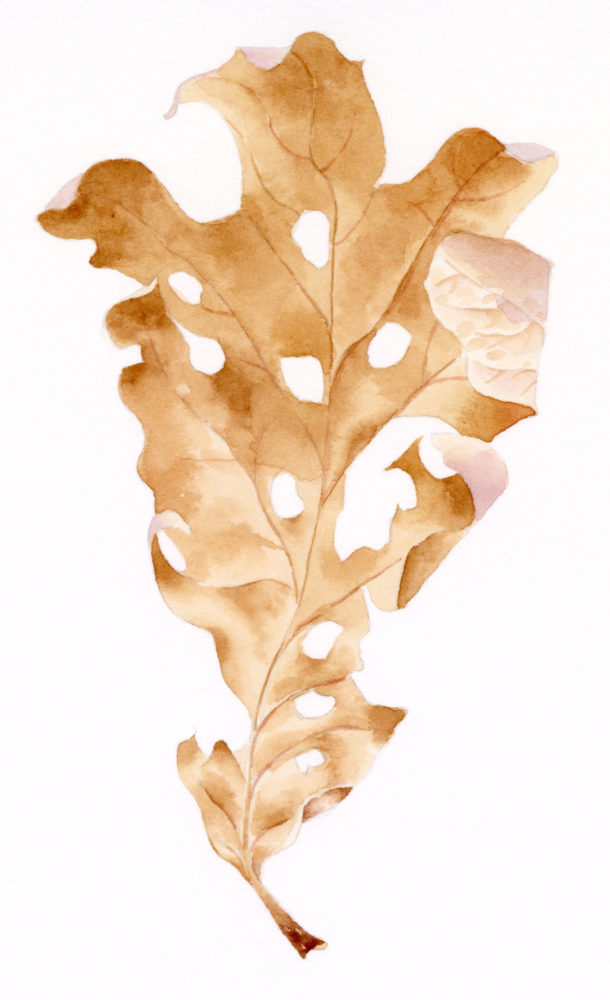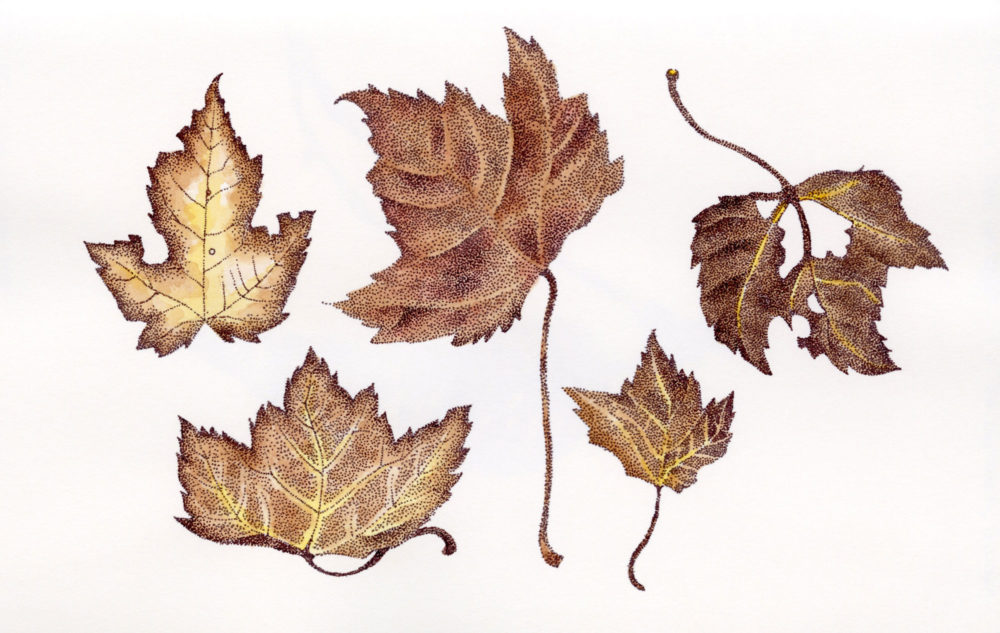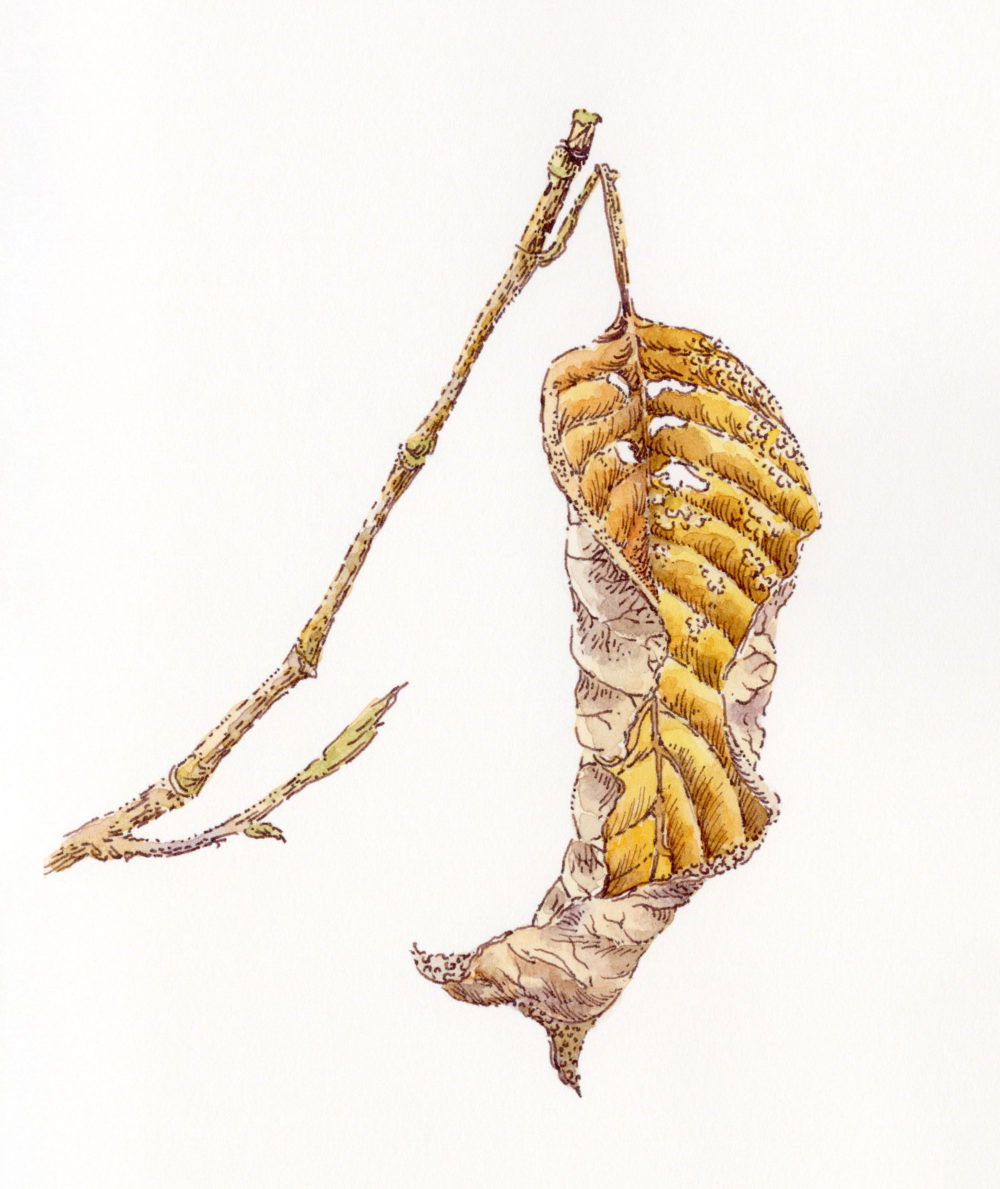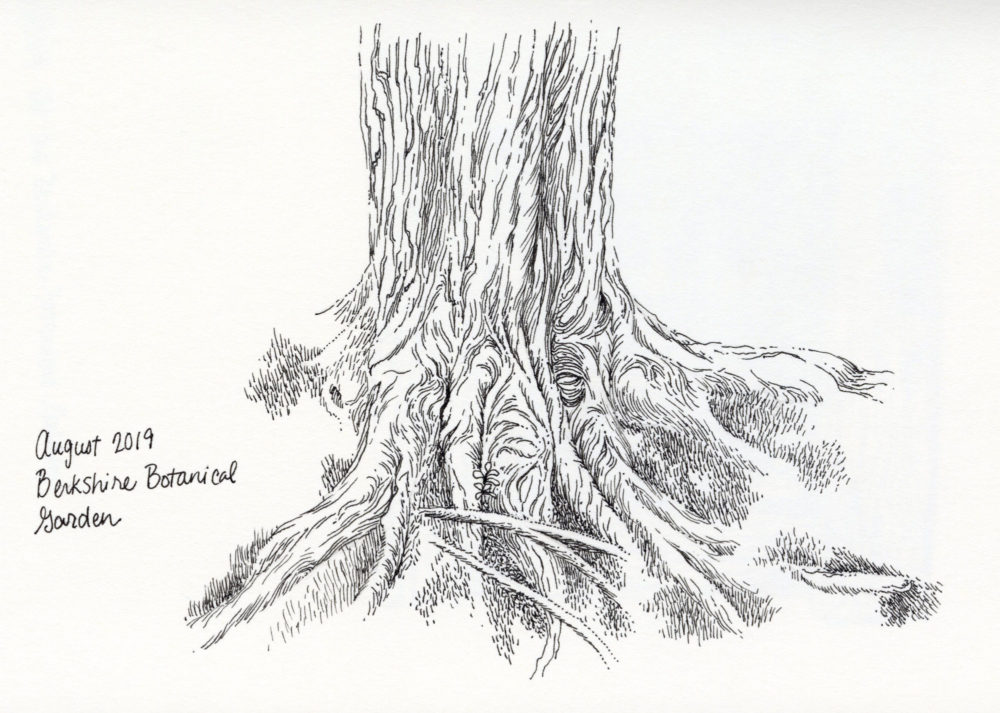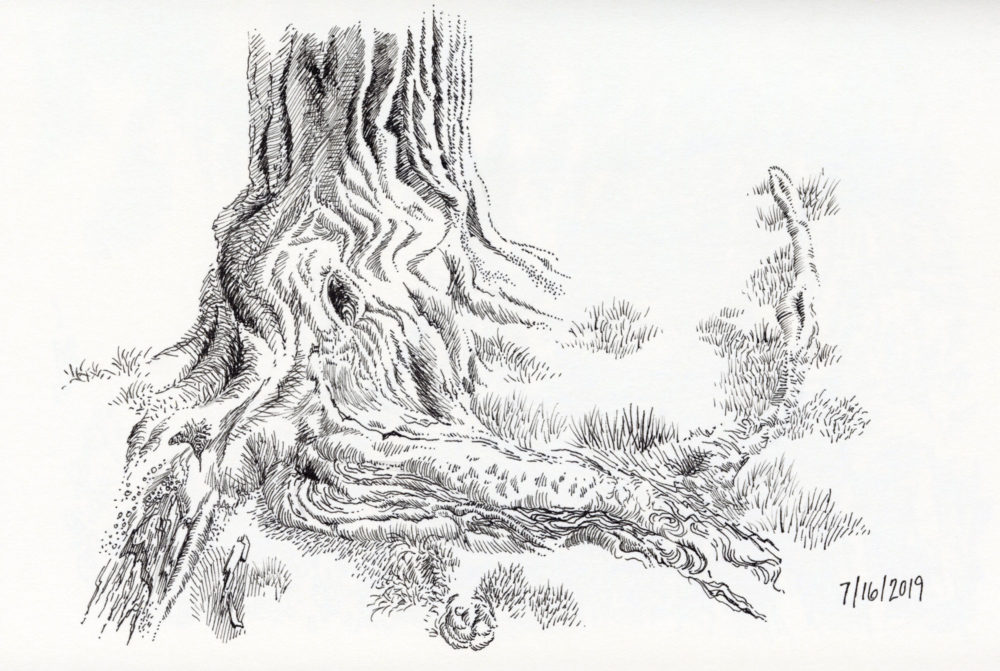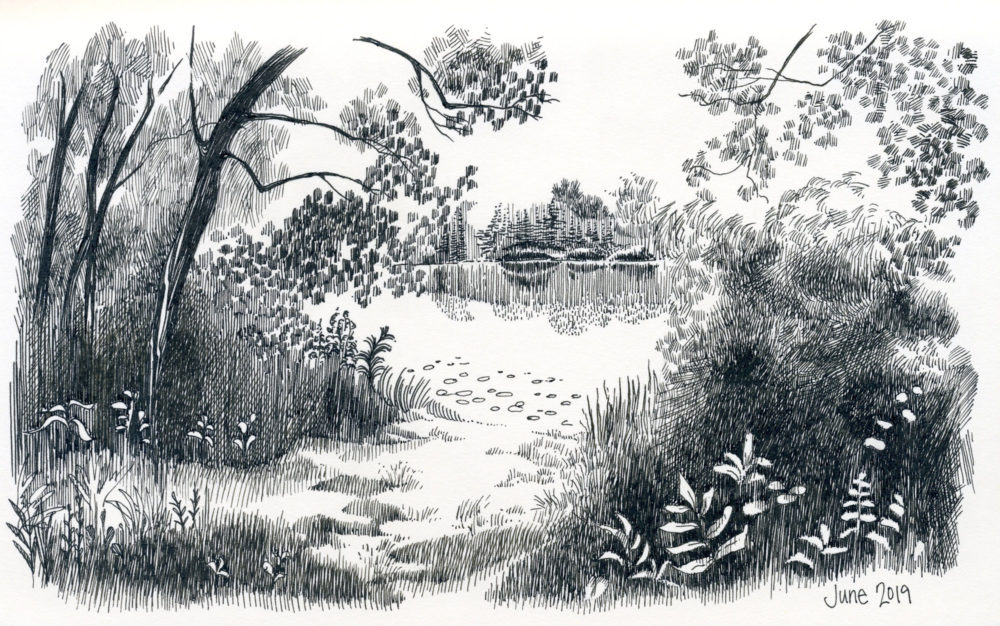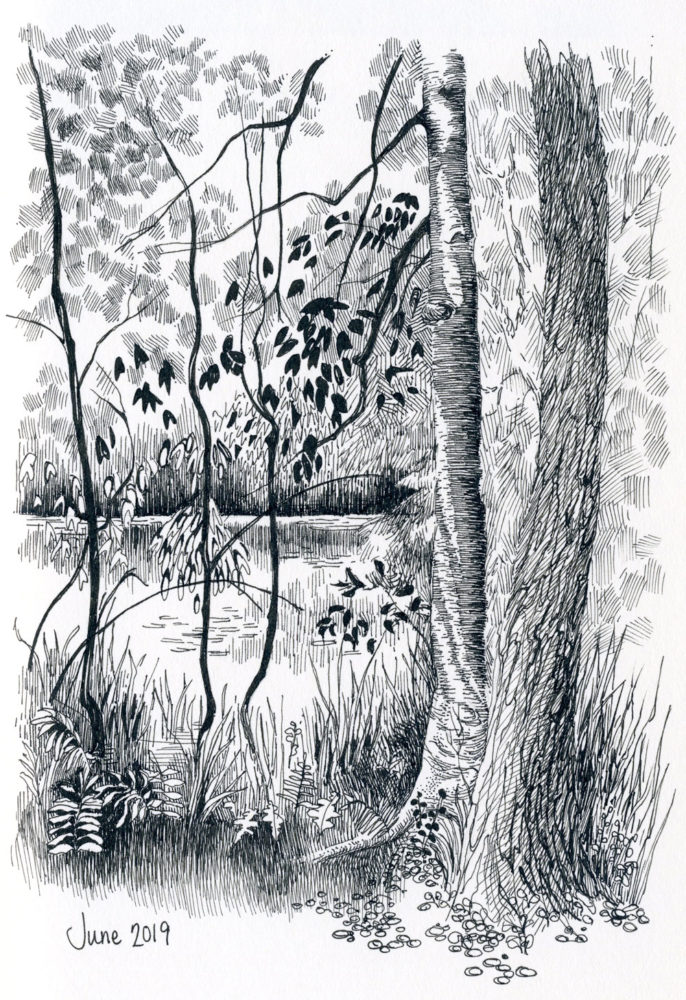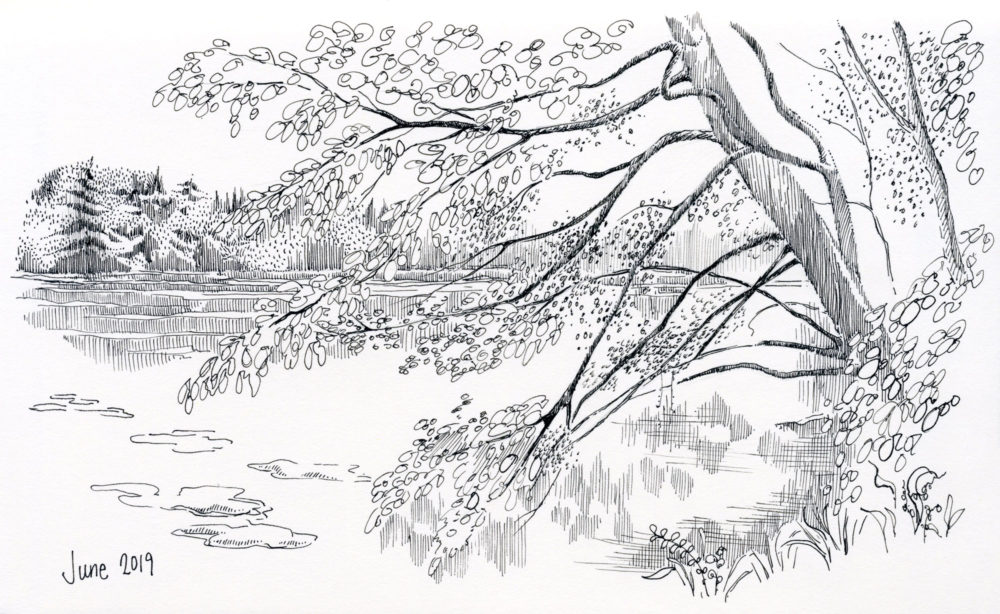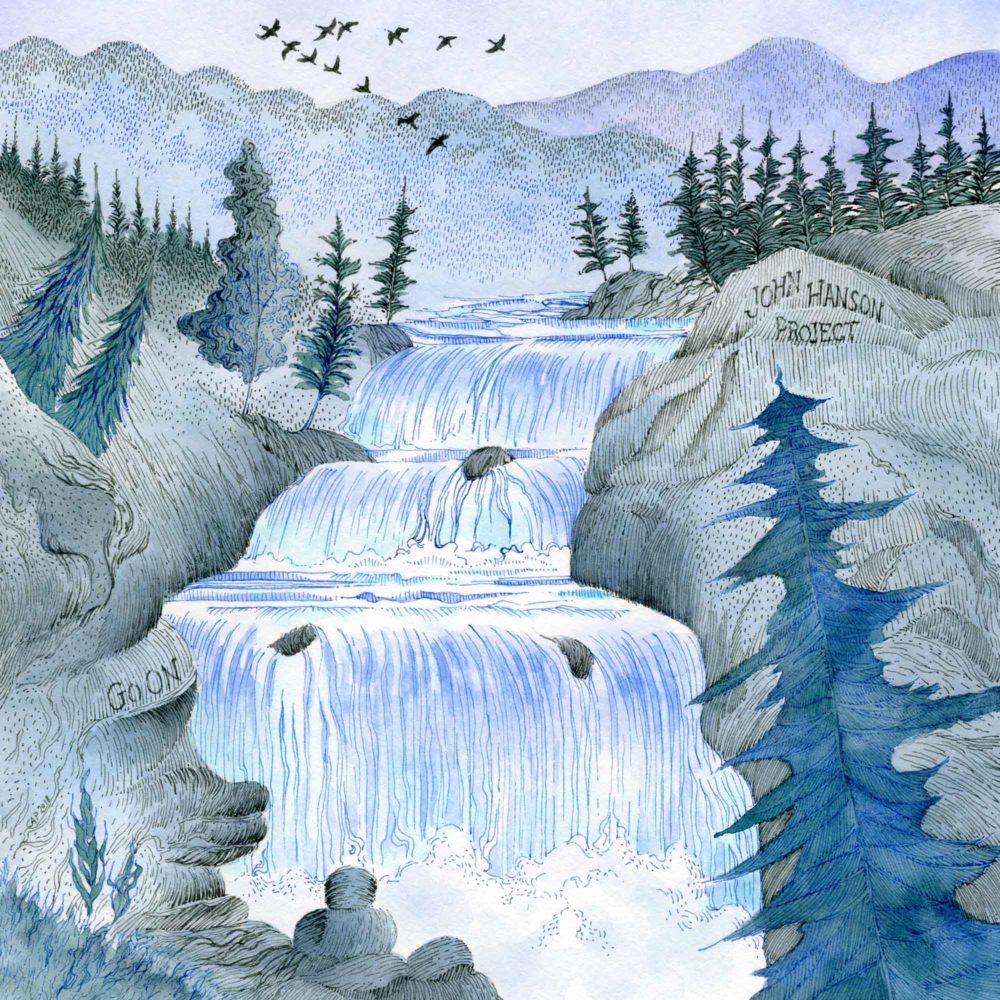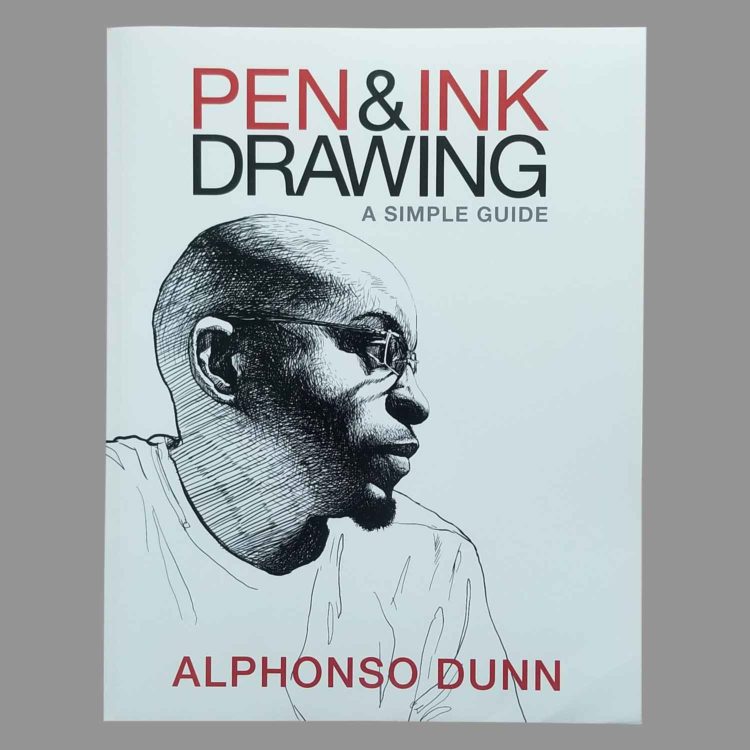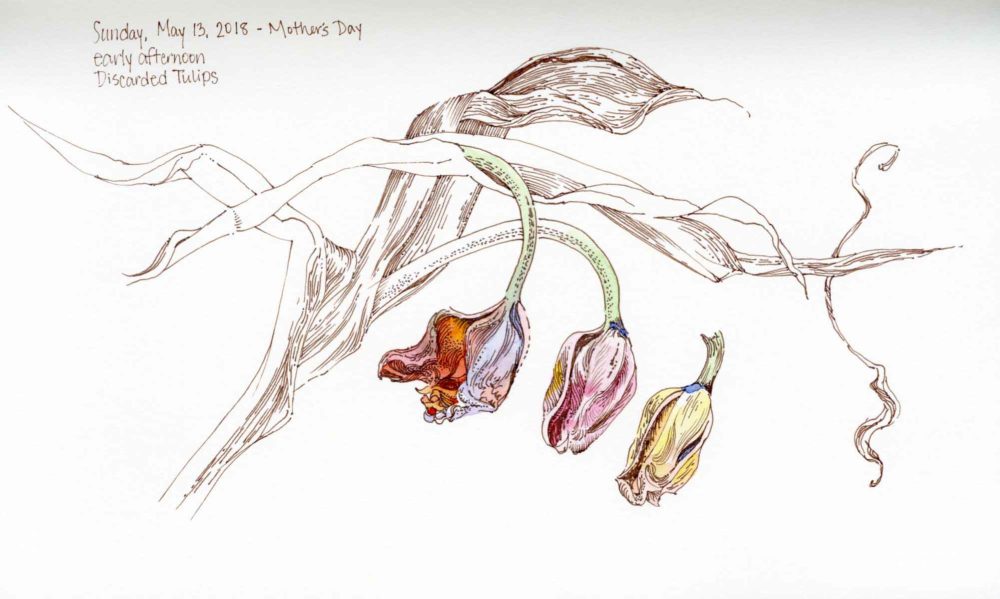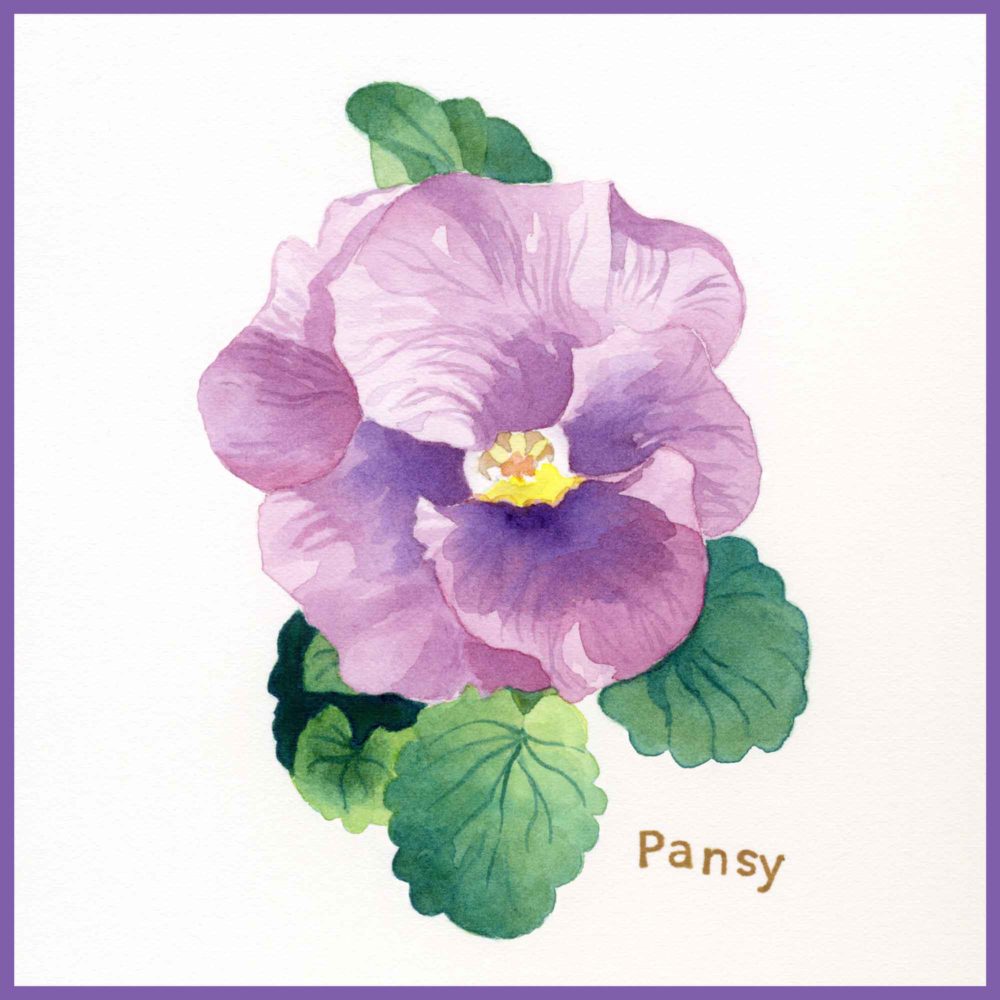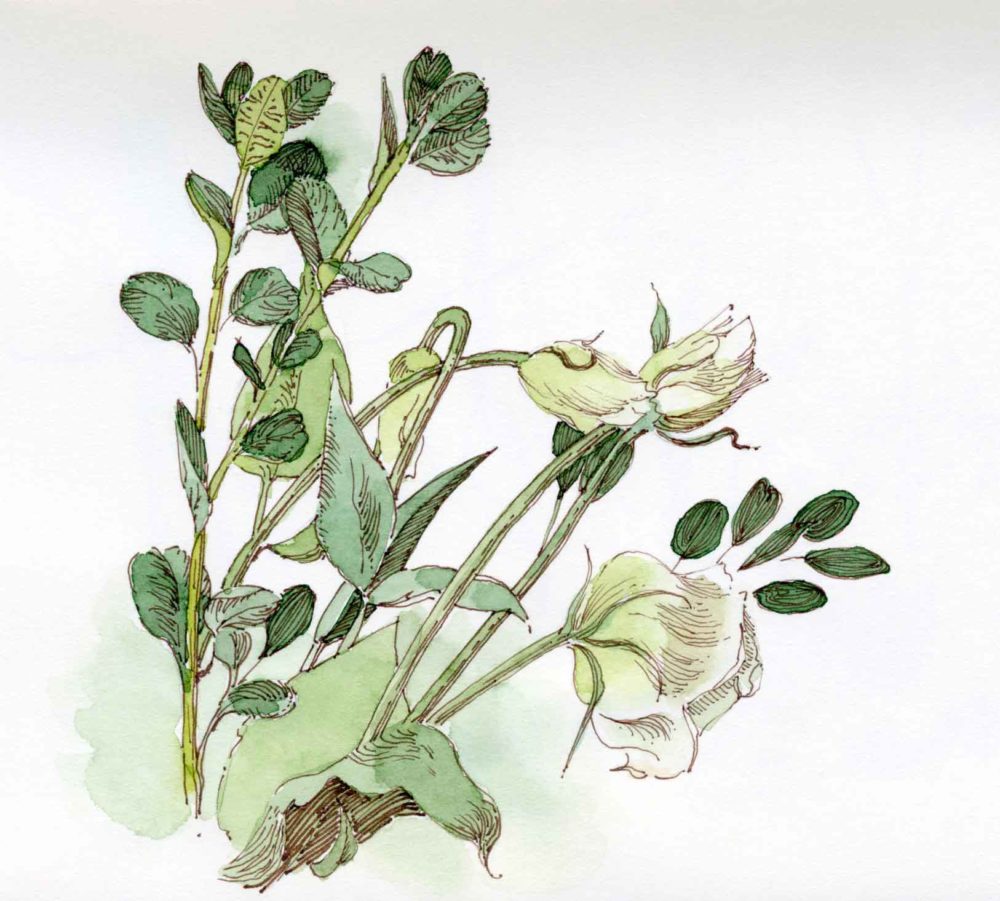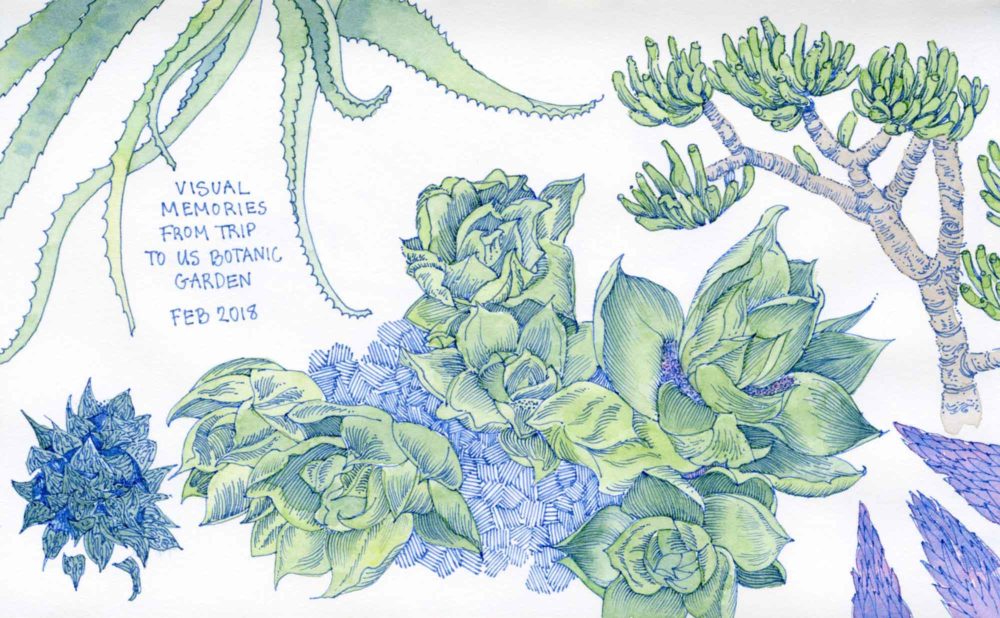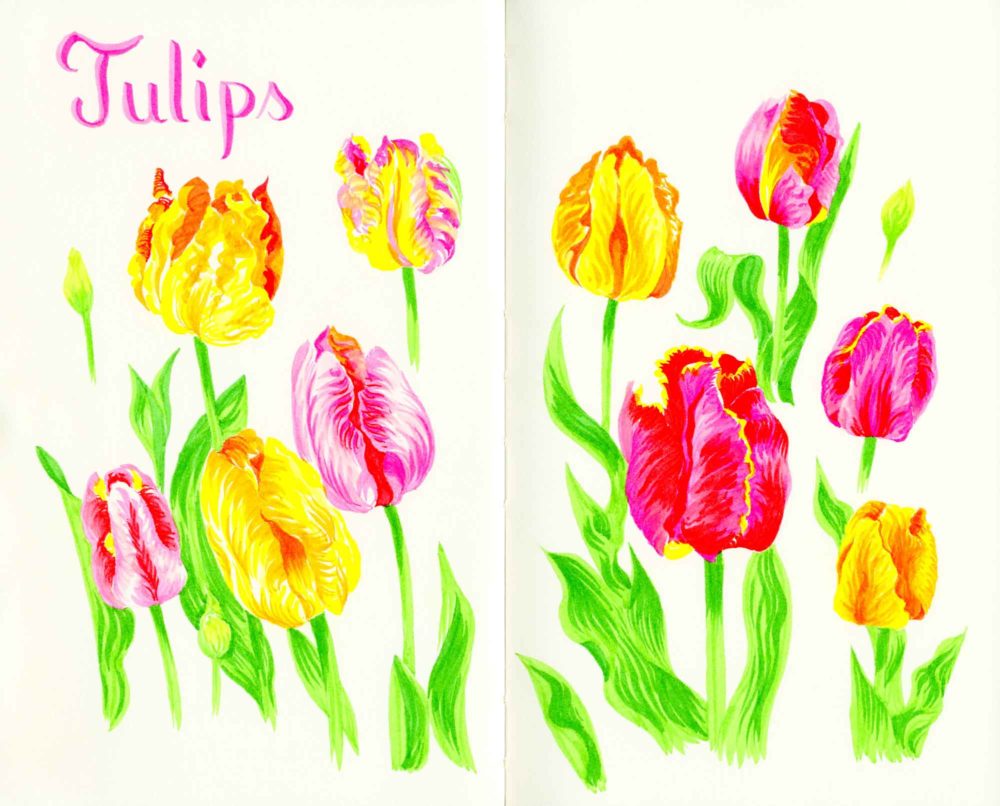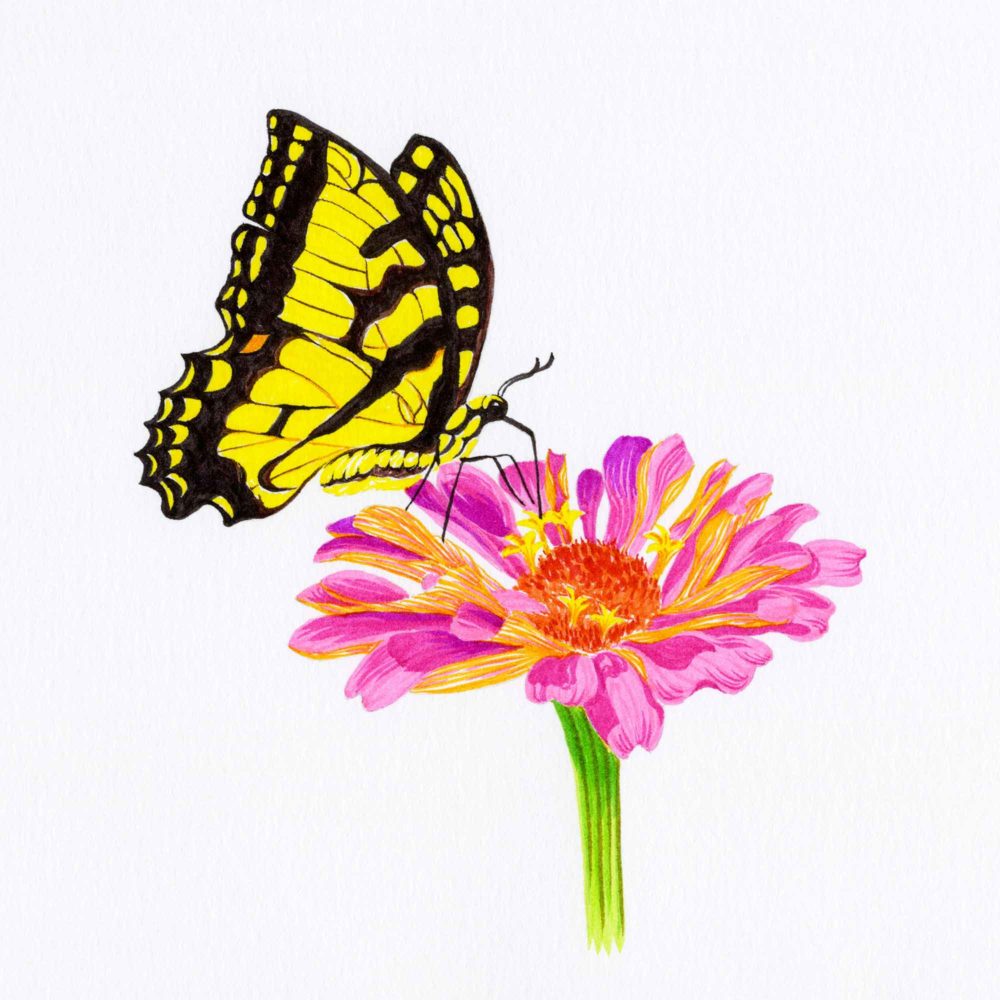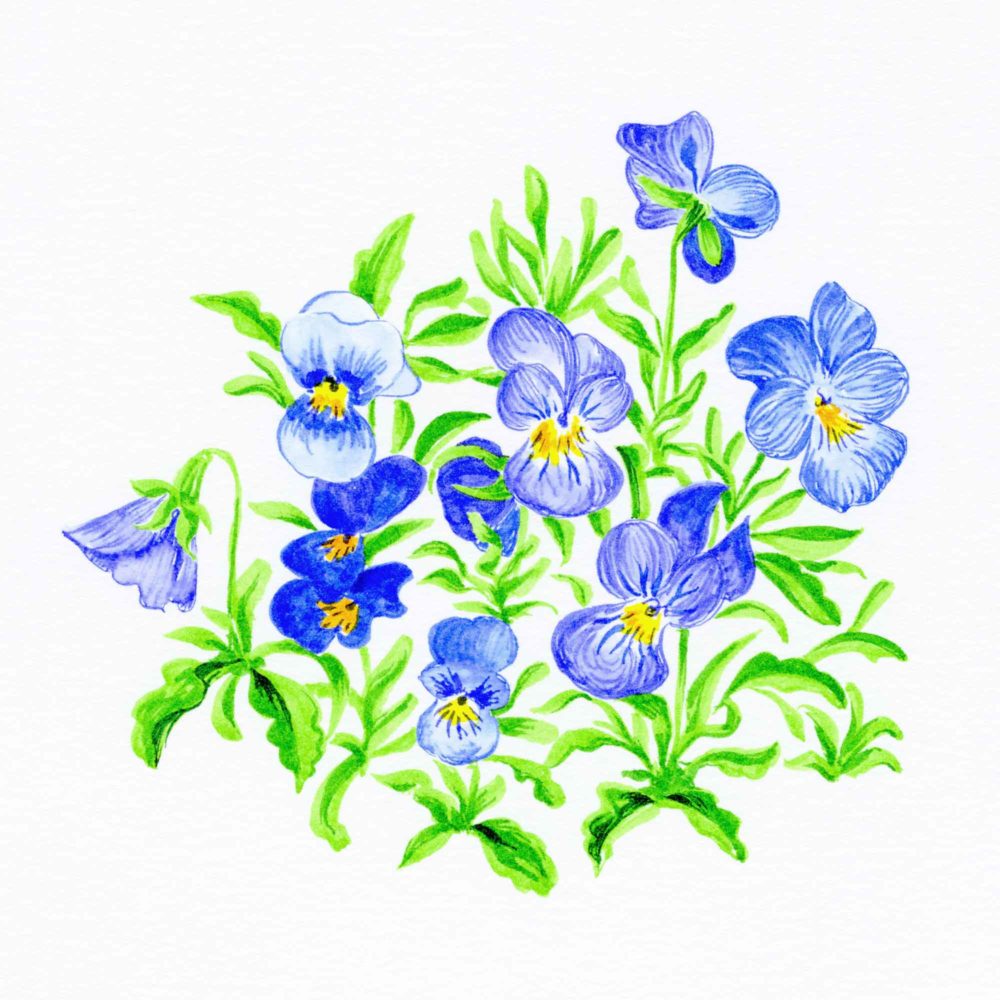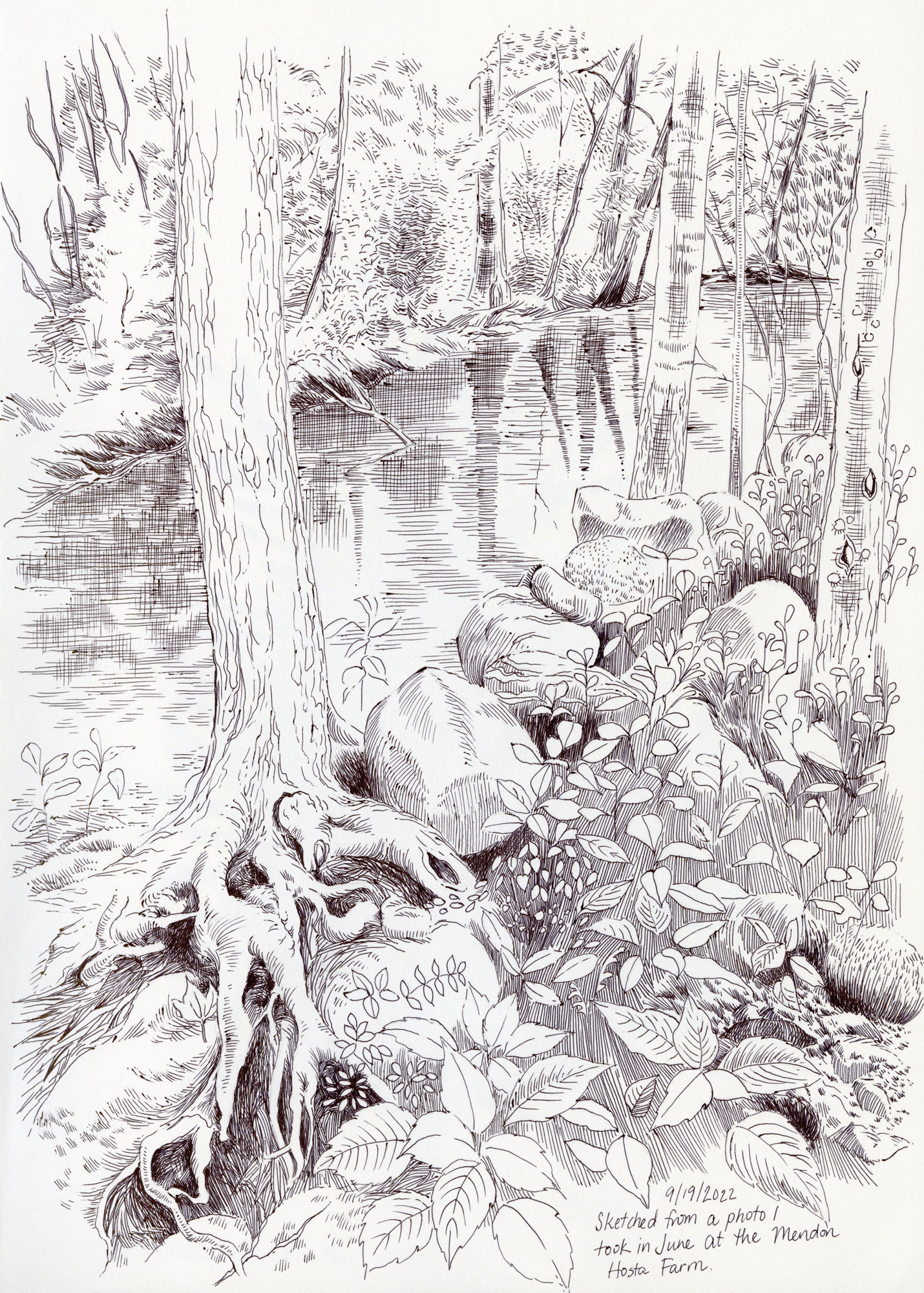
I have wanted to update this site for many months now, but I have had a wake-up call recently and I have decided that if I don’t do it now, then I might now ever do it. I am at home, with six weeks off from work, recovering from a big abdominal surgery last week in which I have learned that I have ovarian cancer. I haven’t even heard the results yet from my doctor, but I read them in the results that popped into my MyChart account. I’m not sure how I should be feeling. I’m trying to be positive right now, but I’m also wondering what went wrong with me to have had this happen.
I haven’t been drawing much at all this past year. I started a new job, moved, got married and was focusing on a lot of other things. I’ve been under a lot of stress generally. In my new place, I even have a room dedicated as a studio, yet I haven’t spent much time in it.
In the next few weeks, I will remedy that, of course. I am busy researching nutritional/natural healing plans and I’m pretty sure I will have chemo in my future, but I know in my gut that I need to start drawing again because it is the greatest stress relief I know. Please follow along as I post updates, photos, and sketchbook pages on this site. I am going to update my own blog with most of this information as I would like to maintain a record of my work that is not connected to a social media site.
I would also appreciate your prayers too – thanks for reading.
